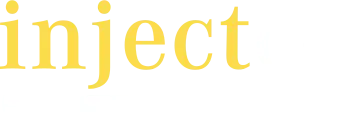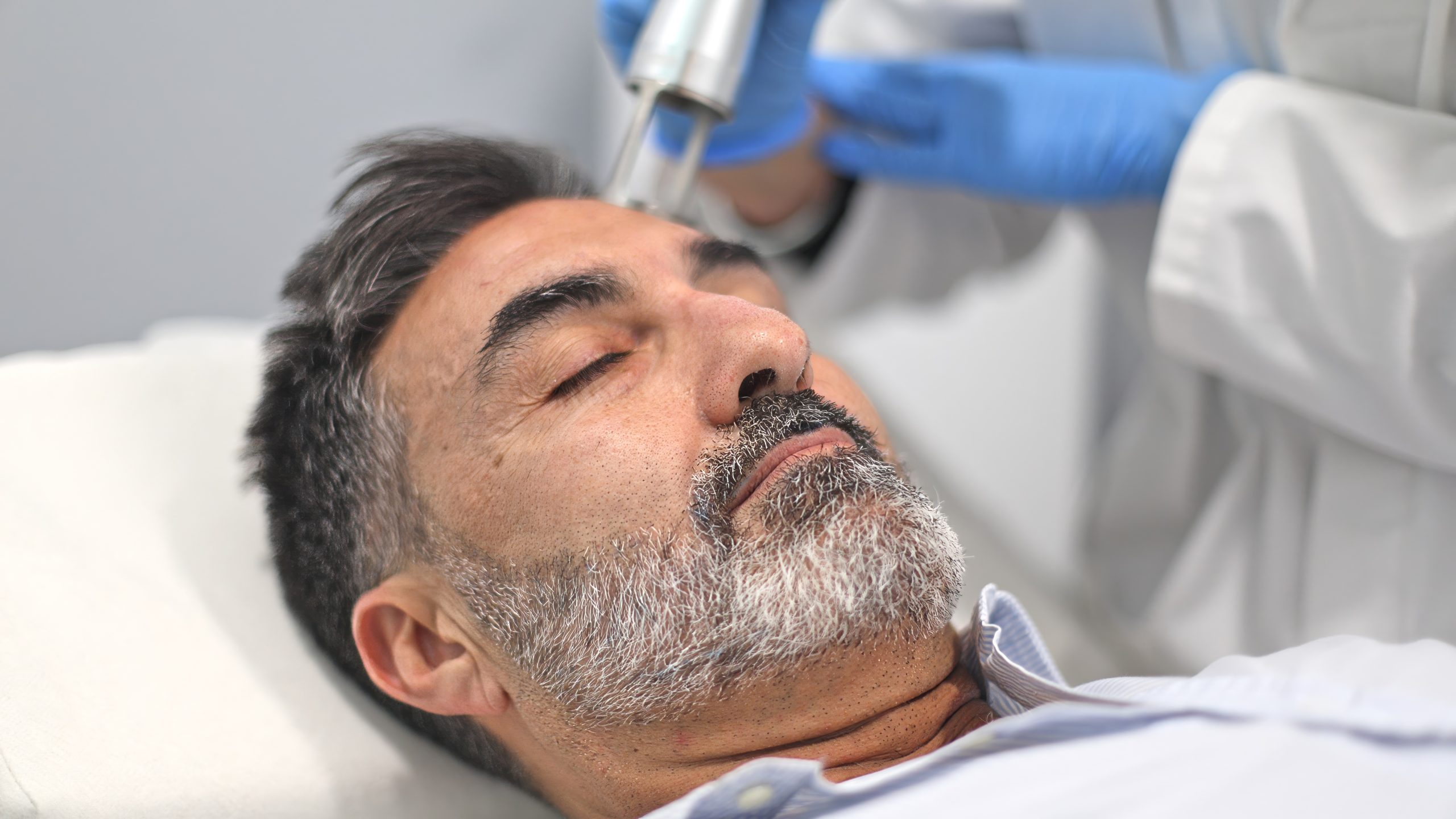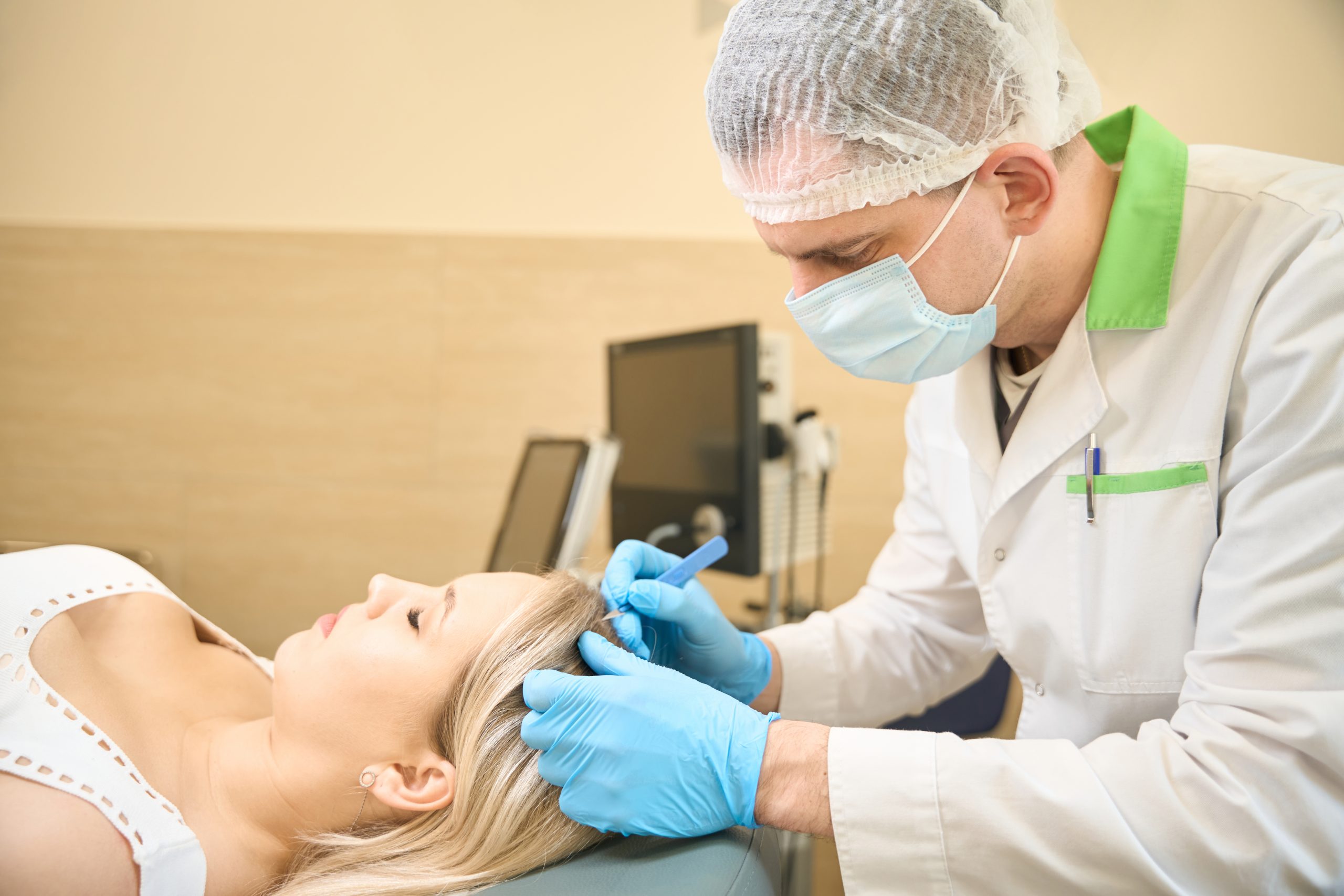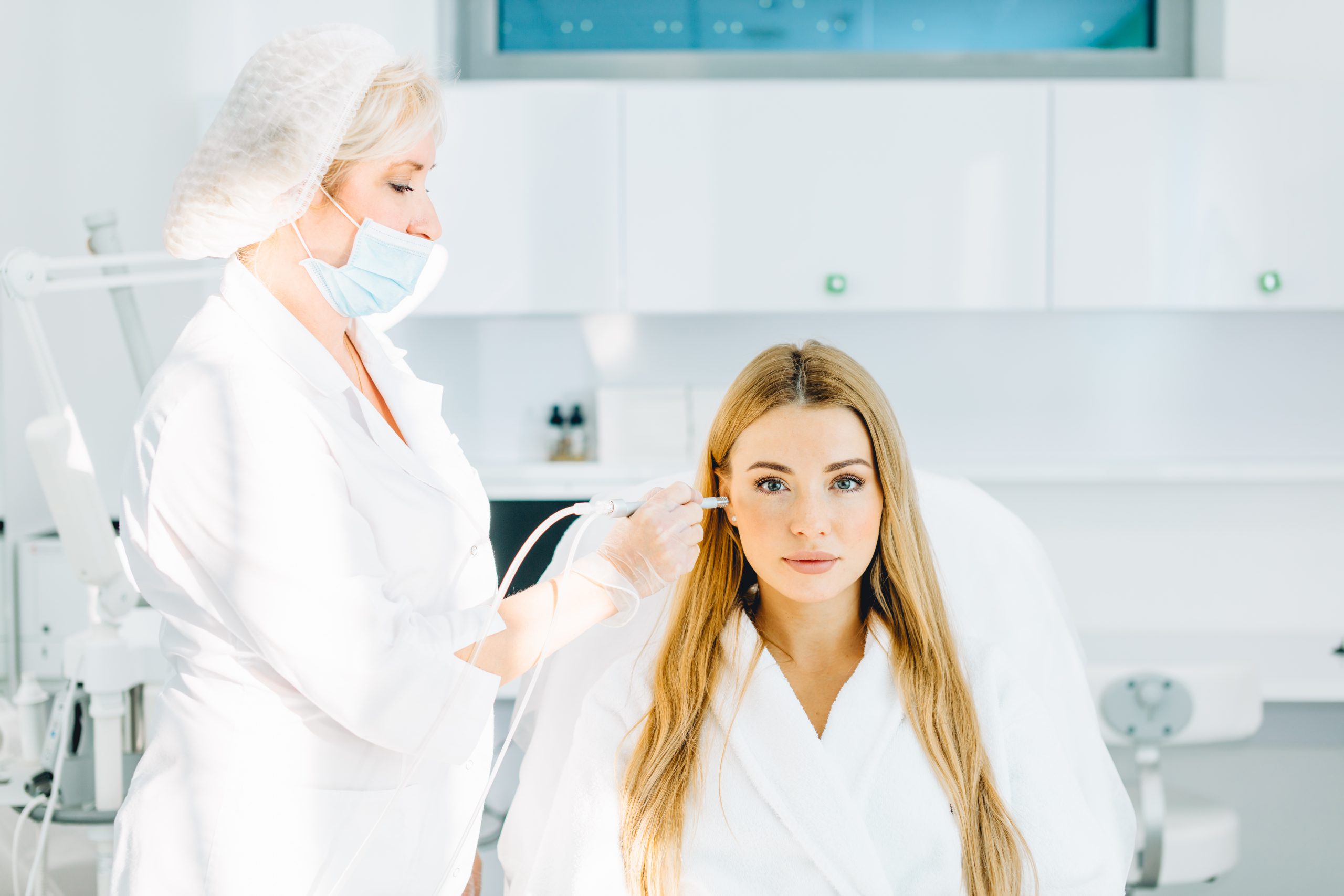From Hollywood red carpets to Instagram selfies, the beard has become a modern status symbol. Thick facial hair signals confidence, maturity, and style.
But not everyone is naturally blessed with even growth. Some men experience beard hair loss, a patchy beard, or conditions like alopecia areata, leaving them searching for real solutions beyond a beard transplant.
That’s where PRP for beards comes in. Using concentrated platelet-rich plasma, PRP therapy targets the beard area to stimulate follicles and encourage robust regrowth. While originally used for hair loss on the scalp, PRP treatment has gained attention for improving beard density and texture, too.
At PRP Treatment Clinic, we take a transparent, results-driven approach. With skilled nurse injectors across our Texas locations, we assess your goals and explain what to expect—such as how many PRP sessions may be needed and what outcomes to look for at your one-year follow-up.
In this guide, we’ll cut through the hype and explore how science-backed PRP can help you achieve the fuller beard you’ve always wanted.
What Is PRP, and How Does It Work?
PRP is a regenerative treatment made from your own blood. Here’s the process:
- A small amount of blood is drawn from your arm.
- It’s spun in a medical centrifuge to concentrate platelets and growth factors.
- The PRP is injected into target areas—in this case, the beard region.
Platelets contain proteins that signal tissue repair and regeneration. In scalp treatments, PRP wakes up dormant follicles, strengthens weak hairs, and stimulates new growth. The idea is that the same process could benefit beard follicles.
Why PRP for Beards Is Trending
- Celebrity Buzz: Rumors and reports suggest some stars have used PRP to fill in patchy facial hair.
- Natural Appeal: Unlike hair transplants, PRP uses your own biology, not implants or drugs.
- Minimal Downtime: Treatments take about an hour, with mild redness/swelling for 1–2 days.
- Beard Culture: With beards in style, men are exploring every option to achieve fuller growth.
What the Science Says (So Far)
Here’s the candid truth:
- PRP for scalp hair restoration is well-documented with positive results in clinical studies.
- PRP for beards is newer, with less formal research. Most of the support comes from anecdotal evidence and early clinical experiences.
- Some men see thicker, denser facial hair after three to four sessions. Others see only modest improvement.
Bottom line: PRP for beards is promising, but not guaranteed. We present it as an emerging option, not a miracle cure.
How PRP Beard Treatments Work
- Consultation & Mapping: We evaluate beard density, follicle activity, and goals.
- Blood Draw: We take a quick, routine blood sample.
- PRP Processing: Platelet-rich plasma is prepared using a medical-grade centrifuge.
- Injections: PRP is injected into patchy beard areas, often with vibration devices for comfort.
- Aftercare: We apply cold packs and topical soothing and advise no shaving for 24 hours.
What to Expect After PRP Beard Treatments
- Days 1–2: Mild redness or swelling in the beard area.
- Weeks 2–4: Some patients notice early thickening of existing hairs.
- Months 2–3: New growth may appear in patchy spots.
- Month 6: Results peak, especially after completing a three- to four-session series.
PRP for Beards vs Hair Transplants
| PRP | Beard Transplant |
| Nonsurgical | Surgical, more invasive |
| Uses your own blood | Requires donor hair (usually from the scalp) |
| No scars | Scarring possible |
| Gradual, natural improvement | Higher cost ($6,000–$12,000+) |
| Best for mild to moderate patchiness | Best for severe beard gaps or near-total absence of growth |
Many patients prefer starting with PRP before considering transplant surgery.
PRP Beard Pricing in Texas
Pricing is consistent with other PRP treatments:
- Per Session: $700–$1,200
- Package of 3–4 sessions: 10–20% savings (most common choice)
This treatment is available at our clinics in Dallas, Austin, Plano, The Woodlands, Argyle, Colleyville, Waxahachie, and Fort Worth.
Who’s a Good Candidate?
PRP beard treatments may be worth considering if you:
- Have patchy areas or uneven density.
- Already grow some beard hair (PRP won’t create follicles where none exist).
- Prefer a natural, nonsurgical approach.
- Understand that results vary and multiple sessions are needed.
It’s not ideal for:
- Men with little to no beard growth at baseline.
- Patients expecting a “Hollywood beard” overnight.
- Those with PRP contraindications (blood disorders, uncontrolled diabetes, etc.).
Why Choose PRP Treatment Clinic
- Master Nurse Injectors: Every beard treatment is performed by advanced experts.
- Free Consultations: Honest discussions about expectations and candidacy.
- Transparency: We set realistic goals, not hype.
- Convenience: 8 Texas clinics for easy access.
- Trustworthiness: We tell you when PRP isn’t the right option.
Takeaway
Thinking about filling in patchy beard spots or boosting density? PRP might help—but only if you understand the candid expectations behind the celebrity hype.
At PRP Treatment Clinic, we’ll assess your beard growth honestly and design a plan that makes sense for your goals.
Book your free consultation today at our Dallas PRP Clinic or your nearest location: Austin, Plano, The Woodlands, Argyle, Colleyville, Waxahachie, Fort Worth.
Get clarity, comfort, and expert guidance so that your beard journey is based on science, not just celebrity buzz.
FAQs About PRP for Beards
Does it hurt?
With numbing and vibration analgesia, most patients describe it as mild discomfort.
How many treatments do I need?
Usually 3–4 spaced one month apart, then yearly maintenance.
Will it make me look like a celebrity?
Not necessarily. PRP enhances your natural beard, but genetics still matter.
How soon can I shave?
We recommend waiting at least 24–48 hours after treatment.Is it permanent?
Improvements can last 12–18 months with maintenance.





